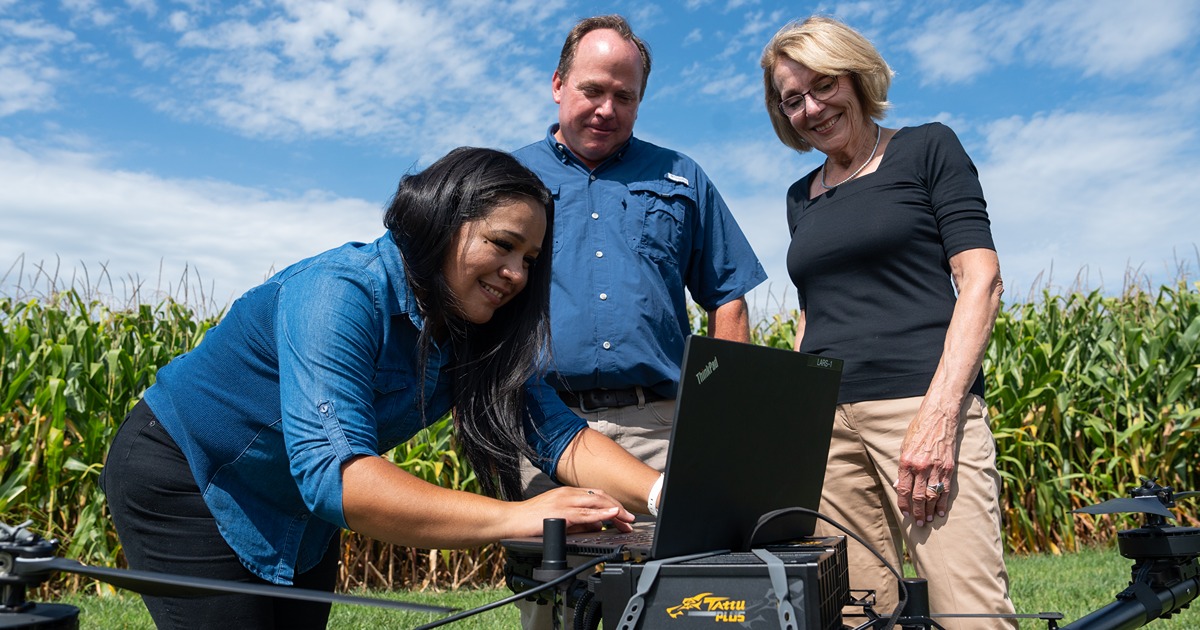Simple Personal Databases – Make Your Records Digital Simply
Your ability to keep records of events, transactions, and important activities is about to get easier. Many have moved from notebooks and post-it notes to spreadsheets, but these are still often clunky with regard to data entry – especially when most of our “business” is not in the office. There are many solutions, but the one presented here is one you can fully own. You can easily customize the data or records format, easily export to spreadsheets, and comfortably enable all involved in your operation to make their appropriate contributions to the records.
A digital format enables sorting, aggregation and analysis. We already released several templates (example or reference databases for you to duplicate). These each have a brief description and video set to explain how to duplicate and customize them:
- Digital Field Records
- Digital FSMA (Food Safety and Modernization Act) Records
- Digital Horticultural Crop Activity Records
- Digital Marketing and Grain Delivery Records
These templates and this recorded workshop is based on Airtable, which is a cloud database platform that offers free services plus additional features for a fee. We believe it will be a rare instance for your records to require the paid level of service.
![]()
Don’t let “database” scare you … these are just lists, essentially.
This post is a recorded workshop so that you can learn how to develop your own record system for countless additional applications. As you work through this short video series, you will develop a simple income and expense tracker (pictured below). In doing so, you will see how simple it is to develop a tool like this and we hope you might then build your own on topics such as:
- Animal medical treatment records
- Irrigation records
- Customer contacts
- A custom crop scouting template
- Livestock breeding and birthing records
- Vehicle Repair and Maintenance records (without documentation, here is a link to a vehicle expense database you are free to access – after completing this workshop or using the templates identified above, you’ll find this simple to duplicate and customize).
- 4-H or FFA project records
This series of five short (just 43 minutes total!) videos will walk you step-by-step through the process of generating a digital record system that is absolutely mobile friendly. You will see that your data is tidy and simple to understand. Some features that make it slick include data validation (choose from lists, generally), ability to add notes or a photo, and automatic sorting of the records. You should start with part 1 which explains what these the simple and private databases are and illustrates the types of records you will have. You will see that the event or transaction recording can readily be done on a smart phone (or computer) literally in seconds. If you envision utility in your life, and we believe many will find this to be true, parts 2-5 explain all you need to know to generate your own streamlined, digital, and private yet sharable records on a multitude of topics or realms of your business.
This set of 5 videos certainly will not cover all features of Airtable. This is an introductory-level workshop. Watch the videos while at a computer and pause as needed so you can do what was demonstrated in your own Airtable account.
Private Databases – an Airtable workshop:
Part 1: Introduction and applications (12:25) | https://youtu.be/W5vvFFdY0hE
Part 2: Structure of a base and tables (4:55) | https://youtu.be/z-4JsOVSH2w
Part 3: Setting up the data validation (4:19) | https://youtu.be/GoKJQXk1H8A
Part 4: Generating a mobile-friendly form (11:48) | https://youtu.be/-9jcdybVWdA
Part 5: Accessing and sharing your tidy data and forms (11:27) | https://youtu.be/n5IGY0QtYms
For your reference or duplication, here is a read-only link to the income and expense tracker database template that was generated during this recorded workshop. After viewing those orientation/training/demonstration videos, you should be able to duplicate, then customize and deploy this for your operation.







